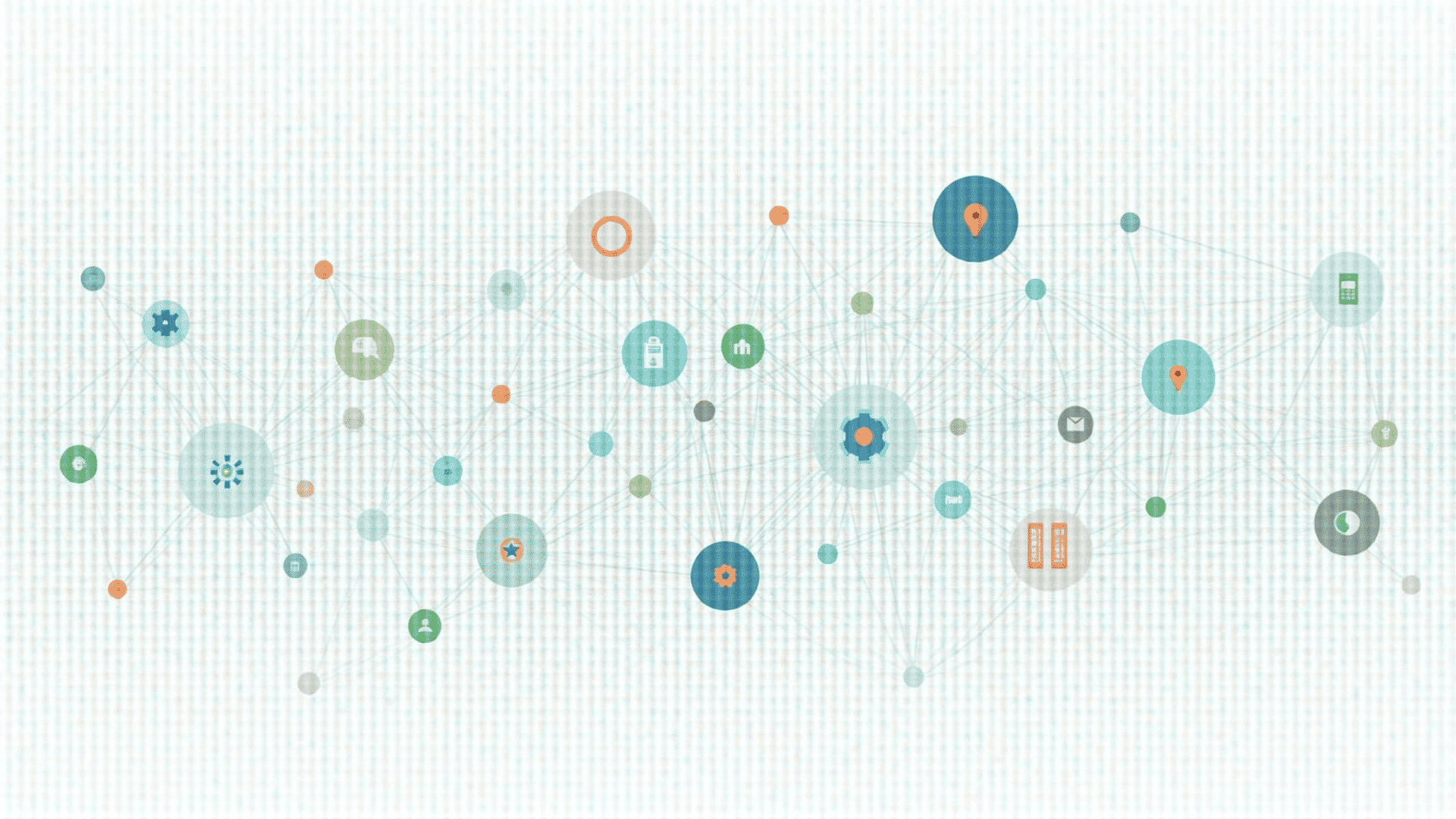In the realm of human interaction, the study of communication theories holds a pivotal role. These theories provide frameworks for understanding how messages are crafted, transmitted, and interpreted across different media platforms. By examining these theories, one can gain insights into the mechanics of media interactions and the ecology of information dissemination.
One of the foundational theories is the Shannon-Weaver Model of Communication, which conceptualizes communication as a linear process of transmission from a sender to a receiver. This model highlights the importance of clarity in message delivery, and while it is primarily concerned with the technological attributes of communication, it sets the groundwork for understanding how noise can disrupt the message flow, leading to misunderstandings.
Expanding on this, the Transactional Model of Communication offers a more dynamic perspective. It views communication as an ongoing process where both the sender and receiver are simultaneously communicators interacting within a given context. This model emphasizes the feedback cycle, underlining the role of active participation and the shared creation of meaning. In media interactions, this theory helps comprehend how audiences engage and react, enabling a more interactive process of information exchange.
Further, the Uses and Gratifications Theory shifts the focus from the message itself to the audience, examining why individuals engage with specific media and what they gain from it. People actively select media sources to satisfy their individual needs, whether it be for information, personal identity, social interaction, or entertainment. This theory is crucial for analyzing how people make choices about their media consumption in an age of abundant information.
The Agenda-Setting Theory, on the other hand, delves into how media priorities influence public perception. It postulates that while media may not tell people what to think, it significantly influences what people think about by highlighting certain issues over others. This mechanism plays a significant role in shaping public discourse and awareness.
In the digital era, Media Ecology emerges as a vital discipline examining how media environments affect human perception, understanding, and interaction. This perspective suggests that the medium through which information is delivered can be as influential, if not more so, than the message itself. It encourages the exploration of how digital platforms alter traditional communication paradigms, affecting everything from social relationships to cultural norms.
Lastly, the Cultural Studies Approach provides a comprehensive lens through which to analyze how societal structures and power dynamics influence media production and interpretation. It considers how cultural contexts and societal ideologies shape media narratives and audience reception, offering insights into the interplay between power, media, and culture.
Understanding these communication theories equips us with the tools to dissect the complex web of modern media interactions. As the digital landscape continues to evolve, these theories provide a robust framework for navigating the challenges and opportunities in the ecology of information dissemination. By applying these concepts, one can better appreciate the intricate dynamics that shape how we connect, share, and perceive information in an interconnected world.
